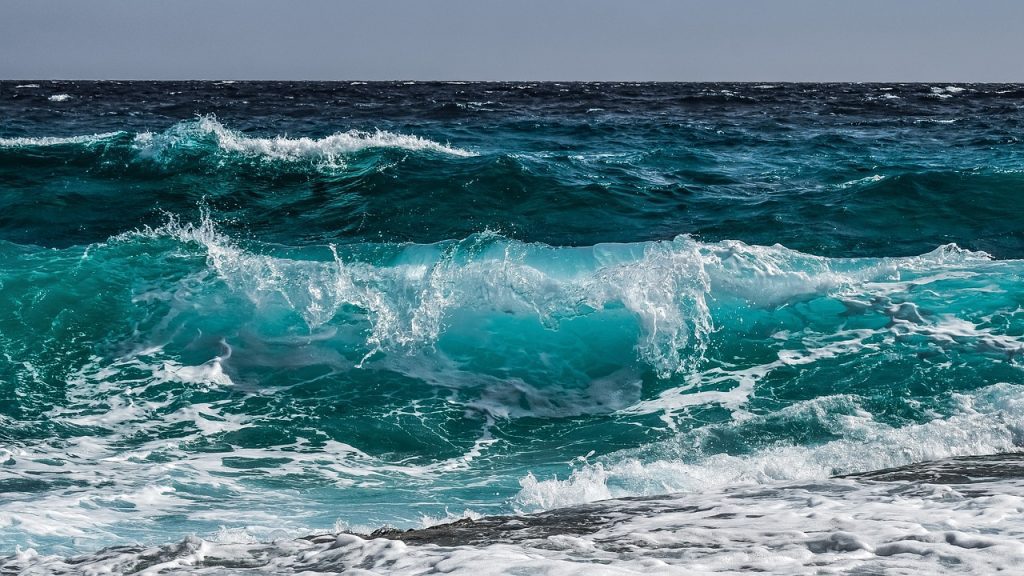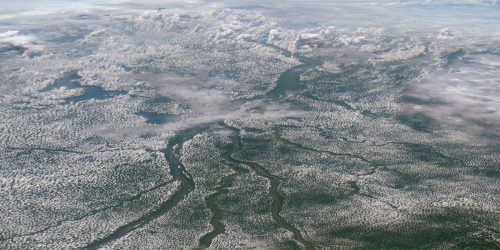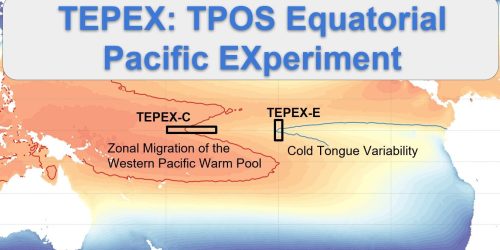
Image Credit: Pixabay
It is well known that within the Maritime Continent, a meteorological term for the region between the Indian and Pacific Oceans, enhanced water mixing processes from tides cause colder sea surface temperatures. An important question is exactly how much this process contributes to broader ocean and climate conditions. A new study, supported by the Climate Program Office’s Climate Variability & Predictability (CVP) Program, uses multiple high-resolution models that capture ocean and atmosphere interactions to investigate this question. The research team, which was led by CVP-supported postdoctoral researcher John Steffen and included CVP PI’s Hyodae Seo, Carol Anne Clayson (WHOI), and Toshiaki Shinoda (Texas A&M), contribute to ongoing CVP initiatives to improve our understanding of upper ocean processes and their impact on climate.
This study, published in Deep Sea Research Part II: Topical Studies in Oceanography, reveals an extra layer of complexity to the tidal mixing in the Maritime Continent, showing that the cooling effect is amplified by the Madden Julian Oscillation (MJO), an atmospheric pattern that periodically passes through this region. The results also demonstrate how sea surface temperatures are influenced on a daily timescale and a seasonal timescale. The authors show how sensitive these relationships are and argue that climate models need to improve the accuracy of their representations of tidal mixing processes, especially when the MJO is also included in the simulation.
For more information, contact Clara Deck.









